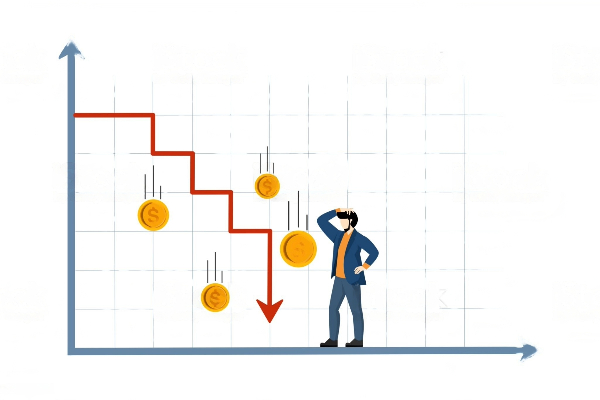The global financial landscape has witnessed a remarkable shift towards sustainability and responsible investing in recent years. As concerns about climate change and environmental degradation have taken center stage, investors are increasingly seeking opportunities that align with their values. One financial instrument that has gained significant traction in this pursuit is the green bond.
What is a green bond?
A green bond is a fixed-income instrument that works like regular bonds, with one key difference: the money raised from investors is used exclusively to finance projects that have a positive environmental impact, such as renewable energy, energy efficiency improvements, sustainable agriculture, clean transportation, climate benefits, and green buildings. The key distinguishing factor of green bonds is their labeled use of proceeds for environmentally friendly purposes.
Size of the green bond market
The first green bonds were issued in 2007. The market grew slowly for nearly a decade, but then it started to take off. Global green initiatives such as the Paris Agreement on climate change and the UN Sustainable Development Goals have helped stimulate this expansion. Strong demand for green bonds is also driving growth, with major investors, from asset managers to insurers and pension funds, keen to scoop them up. In November 2023, Brazil sold its first-ever green bond, intended to support President Lula da Silva’s ambitious plans to safeguard the Amazon.
Rise of Green Bonds
The rise of green bonds provides a favorable instrument for sustainable finance, which is mainly important for developing countries, including China, Brazil, and India, to bridge the investment gaps on climate-friendly green projects. However, the great potential for the development of the green bond market has not been fully realized due to inconsistent standards and unfitting government involvement associated with green bonds. Governments, corporations, and investors alike are recognizing the need for sustainable finance to address global challenges. The green bond market has experienced exponential growth, with issuance reaching record highs in recent years. According to the Climate Bonds Initiative, the global green bond market will exceed $1 trillion in cumulative issuances in 2023.
Benefits of Green Bonds
- Environmental Impact: The primary benefit of green bonds is their positive impact on the environment. By channeling funds into eco-friendly projects, investors contribute to the global effort to combat climate change and promote sustainability.
- Risk Mitigation: Green bonds often come with a level of transparency and reporting requirements that can help investors assess the environmental performance of the financed projects. This transparency can mitigate the risks associated with environmental issues, providing investors with valuable information for their decision-making.
- Market Access and Diversification: Investing in green bonds allows individuals and institutions to access a growing market that aligns with their values. It also provides an opportunity for diversification within an investment portfolio.
- Regulatory Incentives: Governments and regulatory bodies are increasingly providing incentives to issuers and investors in the green bond market. This includes tax breaks, subsidies, and regulatory support, creating a favorable environment for sustainable finance.
In conclusion, the rise of the green bond signifies a model shift in the world of finance. Investors are increasingly recognizing the importance of aligning their portfolios with sustainable and ethical values. While challenges remain, the green bond market’s growth reflects a positive trend toward a more environmentally conscious and responsible financial sector. As we navigate the complexities of the 21st century, green bonds offer a tangible and impactful way for investors to contribute to a more sustainable future. The rise of sustainable finance through green bonds is not just a trend; it is a transformative force shaping the future of global investments and contributing to a more sustainable and strong world.

